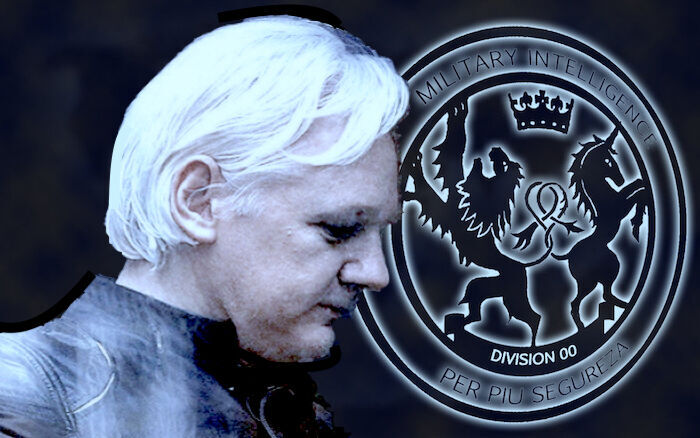
© Peter Nicholls/Reuters/MI6/KJNJulian Assange
could mark WikiLeaks founder-and-chief Julian Assange's
final opportunity to avoid extradition to the
US. London's High Court has scheduled two days of arguments over whether he can ask an appeals court to block his transfer Stateside. If unsuccessful, he could be sent across the Atlantic, where he faces prosecution under Washington's draconian Espionage Act, and penalties ranging from 175 years in a "supermax" prison,
to death, for exposing the lies and crimes of US global empire.
It is the most important press freedom case of all time. Yet,
at no point during Julian's seven years of arbitrary detention in London's Ecuadorian embassy, or five years at His Majesty's Pleasure in Belmarsh Prison, Britain's "Gitmo", have the mainstream media or international human rights groups
taken a serious interest in his plight. Many Western citizens - including those who had hitherto full-throatedly supported WikiLeaks, and Julian's crusade against official secrecy - were also indifferent over, if not outright supportive of, his violent explusion from the Ecuadorian embassy.
Much of this conspiracy of silence and apathy can be attributed to
a concerted campaign of calumny, incubated in London and Washington DC, designed to extinguish public sympathy for Julian. As Nils Melzer, the United Nations special rapporteur on torture,
wrote in a June 2019 op-ed Western media refused to publish,
he was "systematically slandered to divert attention from the crimes he exposed," and once he'd been "dehumanized through isolation, ridicule and shame, just like the witches we used to burn at the stake,
it was easy to deprive him of his most fundamental rights without provoking public outrage worldwide."A prominent libel against Julian was that he operated upon the orders, and in the interests, of the Kremlin. Built up as an omnipotent villain on the world stage following the February 2014
Western-sponsored Maidan coup in Ukraine, and all manner of domestic political upheaval in Europe and North America small and large
framed as somehow Moscow-orchestrated ever after, anyone and anything branded as even vaguely sympathetic to Russia automatically became an FSB and/or GRU chaos agent.
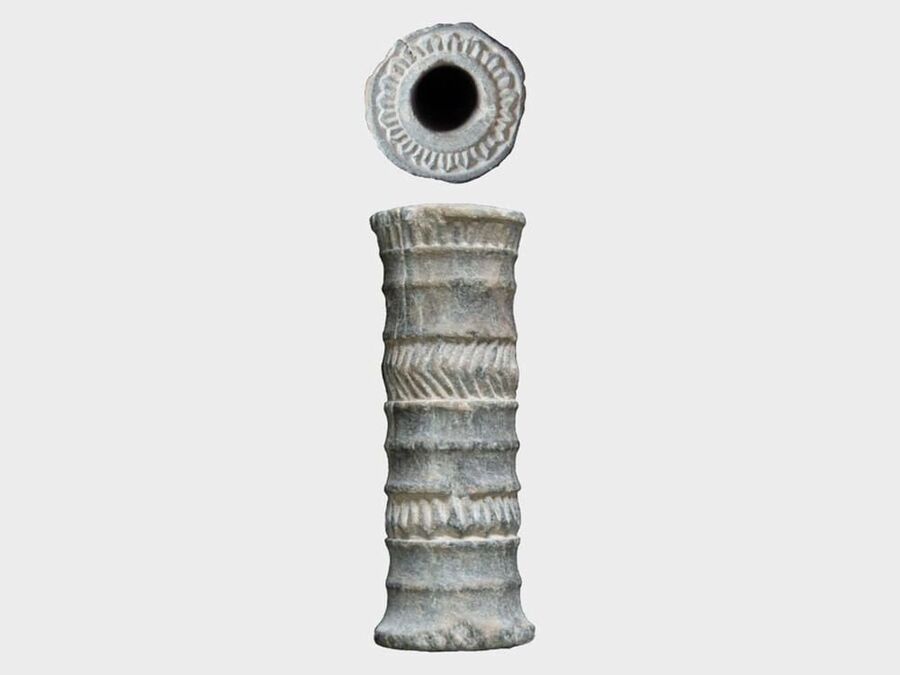
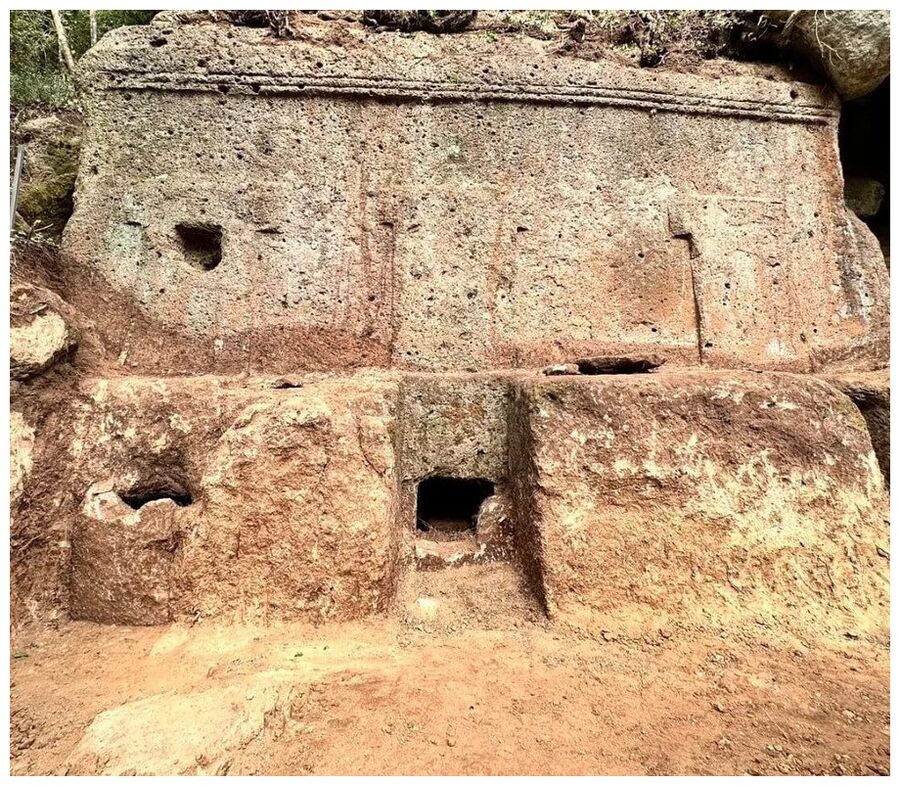
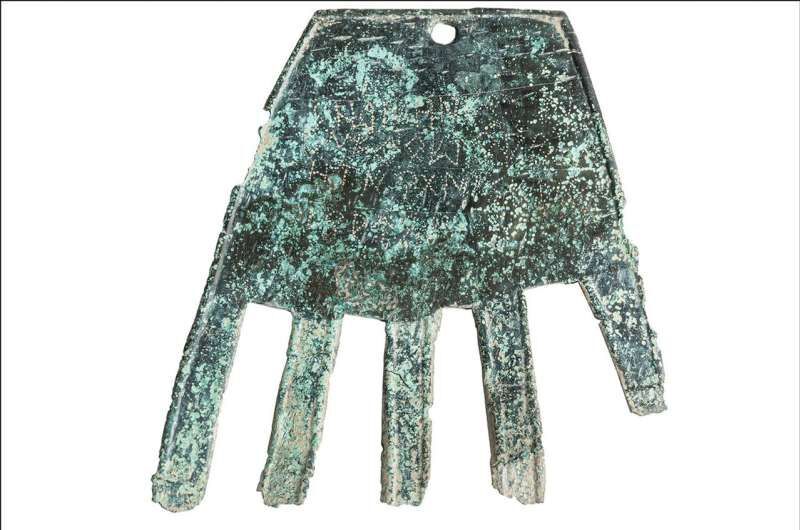

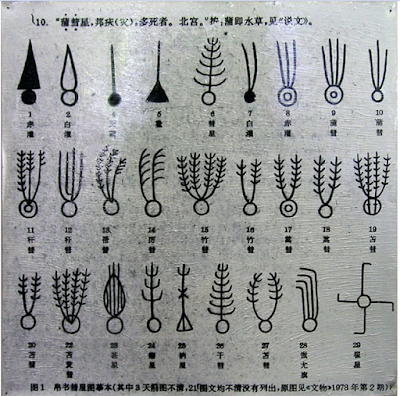
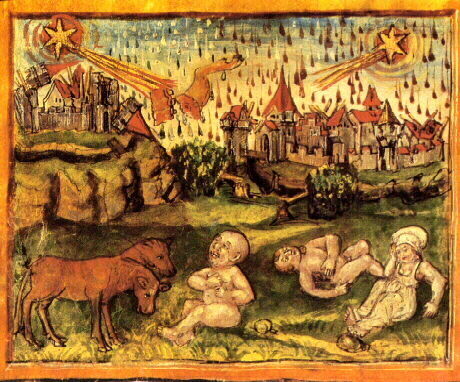




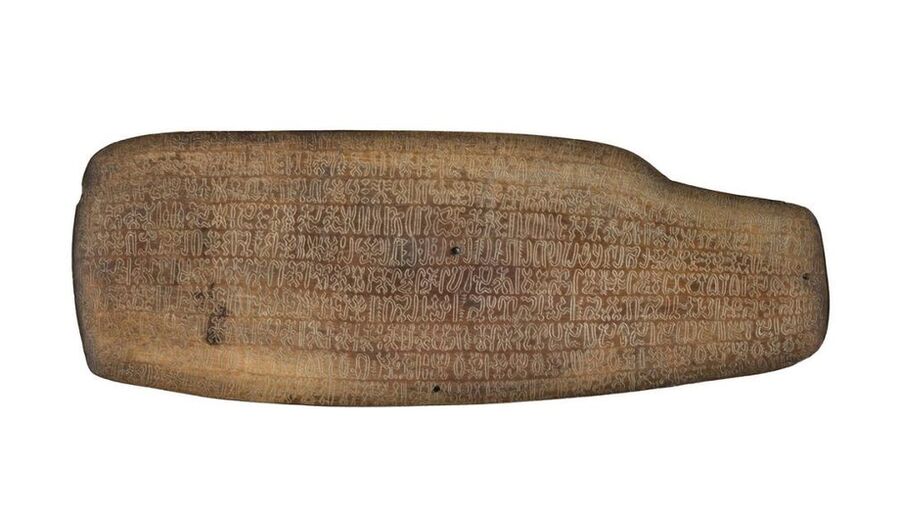

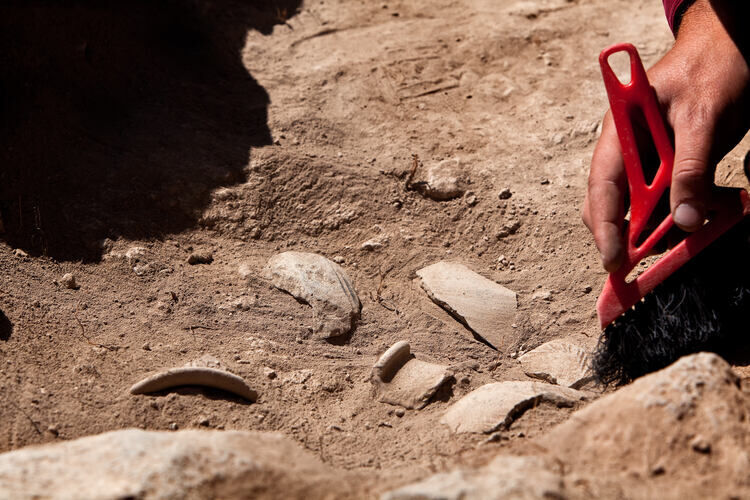



Comment:
Oldest known cosmetics found in ceramic bottles on Balkan Peninsula